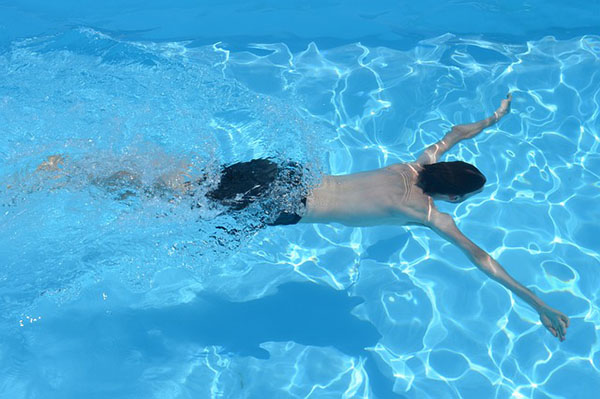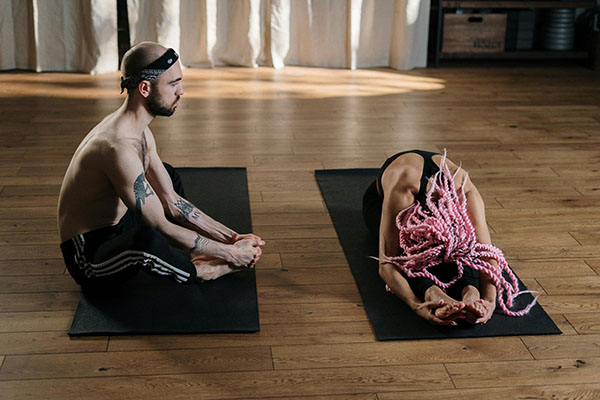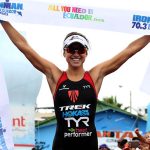When I first set my sights on completing an Ironman 70.3, the thought of fitting in 20 hours of training a week seemed impossible. Working full-time, with only an hour in the morning and an hour after work to spare, I needed a plan that wouldn’t overwhelm my schedule. And here’s the good news: you can train for an Ironman 70.3 on just 1 hour a day. The key? Train smarter, not longer. This minimalist plan is designed for efficiency, so you can make solid progress in just one focused hour each day. So here is my minimalist triathlon training plan!

The Minimalist Ironman 70.3 Week
In this plan, we’ll stick to 6 training days a week, with each session lasting around 1 hour. You’ll see a mix of swimming, biking, and running, along with a little strength training and mobility to keep you strong and prevent injuries.
Monday: Swim – Technique and Endurance
Swimming is all about efficiency, especially when training minimally. Start with a focus on technique, then build endurance as you go. I like getting my swims done in the morning since it wakes me up and gives me a fresh start to the day.
- Warm-up: 200 meters easy
- Main Set: 4 x 200 meters at a moderate pace with 30 seconds rest between sets
- Cool Down: 100 meters easy
If you’re new to swimming, don’t stress about distance, focus on getting comfortable in the water, as it’ll pay off big on race day.
Tuesday: Run – Interval Training
Running intervals are perfect for building speed and endurance in less time. This session is short and intense, helping you get the most out of your limited time.
- Warm-up: 10 minutes easy jog
- Main Set: 5 x 3 minutes at a fast pace with 2 minutes recovery in between
- Cool Down: 10 minutes easy jog
Intervals can be tough, especially after a long day. But trust me, they’re worth it. Just take it easy on the cool-down to let your heart rate settle.

Wednesday: Bike – Endurance Ride
Cycling is one of the longest parts of the Ironman 70.3, so building bike endurance is a must. In a minimalistic plan, we aim for steady state rides to build stamina without burning out.
- Warm-up: 10 minutes easy spin
- Main Set: 40 minutes at Zone 2 (where you’re working but can still talk comfortably)
- Cool Down: 10 minutes easy spin
For busy folks like me, indoor training is a lifesaver. Platforms like Zwift make it easy to fit in rides without having to worry about traffic or weather.
Thursday: Run – Long Steady-Pace Run
A longer, steady-paced run builds your endurance. Keeping it easy lets you run longer without risking burnout.
- Warm-up: 10 minutes easy jog
- Main Set: 45 minutes at a steady, comfortable pace
- Cool Down: 5 minutes walking
I prefer doing this run in the morning if I can, so I’m not tempted to skip it after work. It’s a good way to mentally prepare for the longer runs needed on race day.
Friday: Swim – Speedwork
This shorter swim session focuses on speed. You’ll push your limits and improve your pace.
- Warm-up: 200 meters easy
- Main Set: 6 x 100 meters fast with 20 seconds rest between
- Cool Down: 100 meters easy
Swimming fast isn’t just about strength, it’s about technique. Focus on staying streamlined in the water, and don’t worry if it feels tough. That’s how you know it’s working.

Saturday: Bike – Hill Repeats or Tempo Ride
Saturdays are perfect for adding intensity to your bike training. I often do this outdoors to enjoy the fresh air, but if you’re indoors, crank up the resistance for hills!
- Warm-up: 10 minutes easy spin
- Main Set: 5 x 3-minute hill climbs (or a steady 30-minute tempo ride at Zone 3)
- Cool Down: 10 minutes easy spin
Hill repeats will make the race’s rolling terrain feel easier. Just remember, those climbs are as much a mental game as a physical one.
Sunday: Rest Day or Active Recovery
Rest days are as essential as training days. They allow your muscles to recover and grow stronger. I’ll sometimes go for a light walk or do some yoga if I’m feeling good.

Tips for Success on a Minimalist Training Plan
To get the most out of this 1-hour-a-day plan, there are a few things I’ve learned that can make a big difference:
- Intensity Matters: If you only have an hour, make that hour count. Push yourself during intervals and tempos. It’s quality over quantity here.
- Fuel Wisely: Since I’m not training for hours on end, I don’t need tons of calories, but I make sure to refuel with protein and carbs right after my sessions.
- Track Your Progress: It’s motivating to see your improvements. Even small gains, like a faster swim split or a longer run without tiring, keep me going.
- Mix It Up: If a session feels monotonous, switch things up. Do your run outdoors instead of on the treadmill or try a new bike route. Keeping it interesting is key to sticking with it.
- Recovery Is Key: Don’t skip warm-ups or cool-downs. Foam roll, stretch, and give your body the TLC it needs to stay injury-free.
Wrapping Up
The Ironman 70.3 might seem intense, but with the right approach, you don’t need endless hours to prepare. By dedicating just one focused hour a day, you’ll build the endurance, strength, and mental toughness you need for race day. This minimalist approach keeps me on track and helps me feel prepared, even with a full schedule.
If you’re balancing work, family, and everything in between, this minimalist training plan is all about proving that you don’t need to sacrifice your goals, you just need to train smart and stay consistent.




